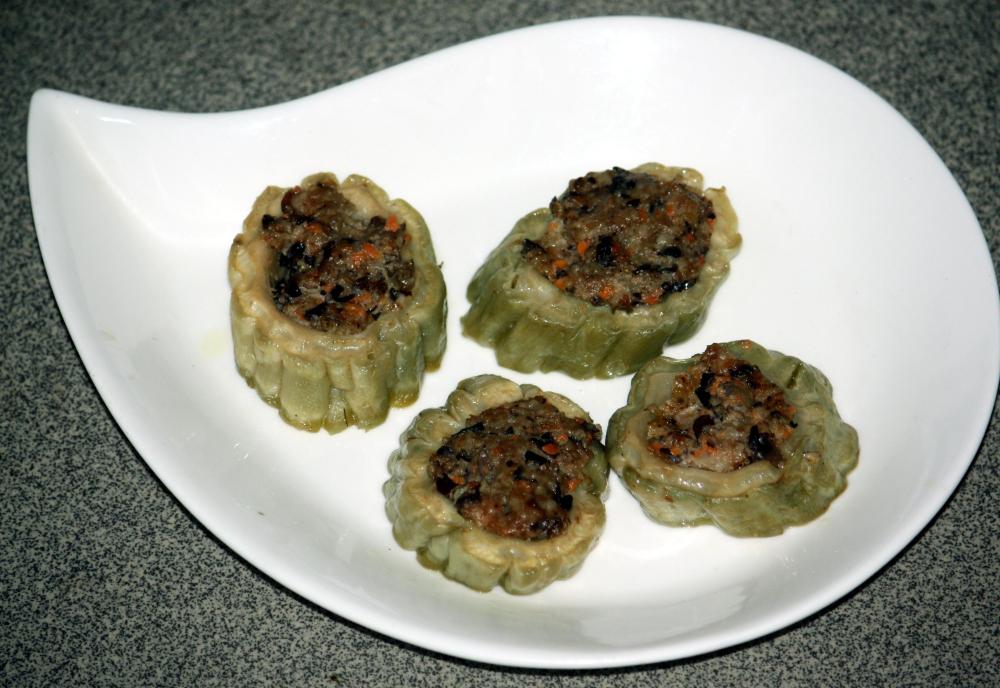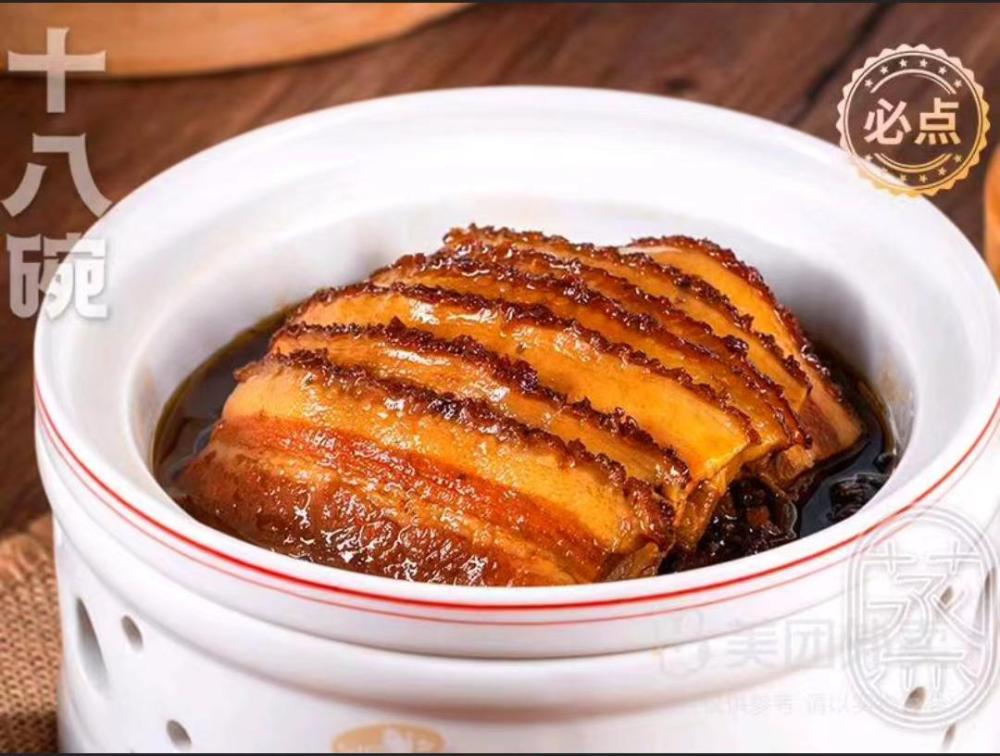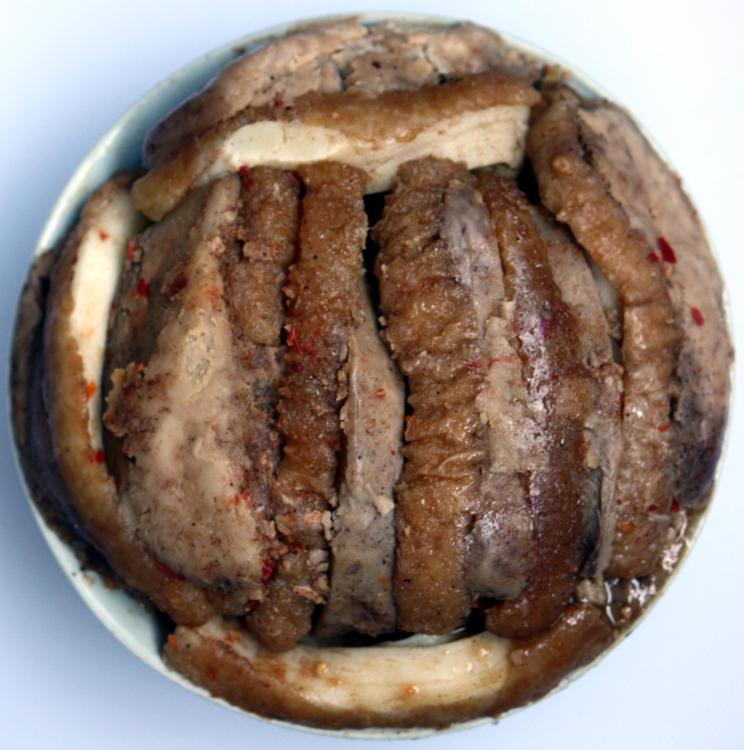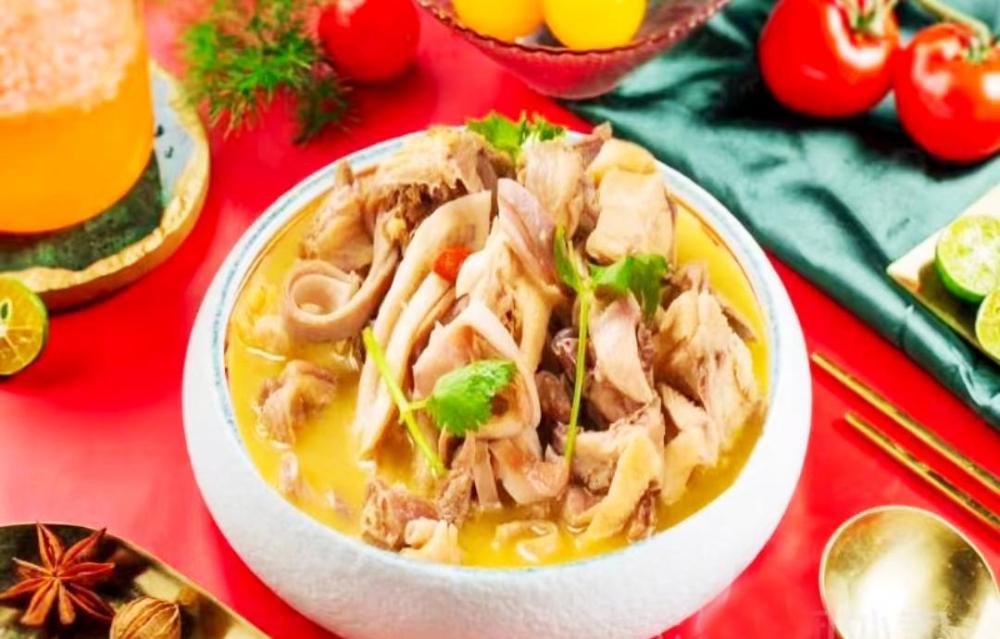粤菜 (Mand: yuè cài; Cant: jyut6 coi3) - Cantonese cuisine (Part Three) - 客家菜 (Mand: kè jiā cài; Cant: haak3 gaa1 coi3) Hakka Cuisine
Note: As many people in this area speak Cantonese, I am giving the pronunciation in both Mandarin and Cantonese. I am also giving names in both Simplified and Traditional Chinese characters as the latter are still used in Hong Kong and Macao and sometimes in restaurants on the mainland, although that is discouraged. If only one set of characters are shown as in the title of this post, that means the simplified and traditional are the same. On with the show.
客家人 (Mand: kè jiā rén; Cant: haak3 gaa1 jan4) , the Hakka people are descended from alienated Han China who moved south to escape persecution. The first wave was in the 4th century AD with another in the 9th. Finally in the 13th century, they had largely settled in Guangdong, particularly around the 东江 (Mand: dōng jiāng; Cant: dung1 gong1), River Dong, and so the cuisine is sometimes referred to as 东江菜 (Mand: dōng jiāng cài; Cant: dung1 gong1 coi3) , but many have settled here in Guangxi. They are also found in Vietnam, Taiwan, Malaysia, Singapore, and Thailand. There is a Hakka community in Jamaica. They truly justify their name, which means ‘guest people’.
Although considered part of Cantonese cuisine, their food is quite distinct and features foods and techniques not found in ‘regular’ Cantonese fare. The cuisine is generally more salty, robust and thickly sauced. It is also more calorific than Cantonese food and, as they immigrants tended to settle in higher mountainous areas (which no one else wanted), seafood is rarely a feature. Perhaps as a legacy of their mobile nature in the past, little attention is considered necessary to presentation, unlike their neighbours’ cuisine.
A favourite cooking technique is 酿 / 釀 (Mand: niàng; Cant: joeng6), stuffing vegetables and tofu with meat and frying or steaming them.
Haka stuffed tofu
Hakka stuffed bitter melon
Another is 拌 (Mand: bàn; Cant: bun6), mixing other foods with rice in a similar manner to the Korean 비빔밥 (bibimbap).
On their travels they learned the value of drying foods to preserve them, a tradition they retain. Stewing and braising are also common unlike in other Cantonese cuisine.
扣肉 (Mand: kòu ròu; Cant: kau3 juk6), a dish of fried, then steamed slices of pork belly either with preserved mustard greens or the pork slices interspersed with taro. The first is the most common in Guangdong, but the latter more so in the Hakka influenced areas of Guangxi.
Kou rou with preserved mustard greens. Image from Meituan food delivery app
Kou rou with taro
One of the stranger dishes is 猪肚鸡 / 豬肚雞 (Mand: zhū dǔ jī; Cant: zyu1 tou5 gai1), literally ‘pig stomach chicken’. This consists of a chicken being stitched up inside a pig’s stomach then stewed with Chinese herbs normally used in TCM. When cooked the chicken is released from the stomach and both are chopped into bite sized pieces and returned to the boiling liquid with the herbs then served as a soup!
Pig Stomach Chicken - Image Meituan
Another tradition is 擂茶 (Mand: léi chá; Cant: leoi4 caa4). This is similar to the oil tea made by the ethnic minorities such as the Zhuang, Miao, Dong, Yao etc, but with one important difference. The peanuts, rice, tea leaves, sesame, green beans and ginger are ground to a powder then used to make the tea, unlike in the minorities’ version where they remain whole. Same ingredients; different technique.
Final part of Cantonese Cuisine next.







